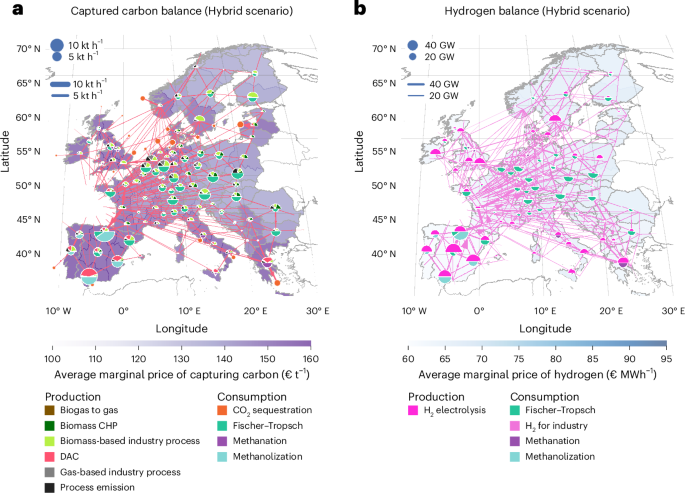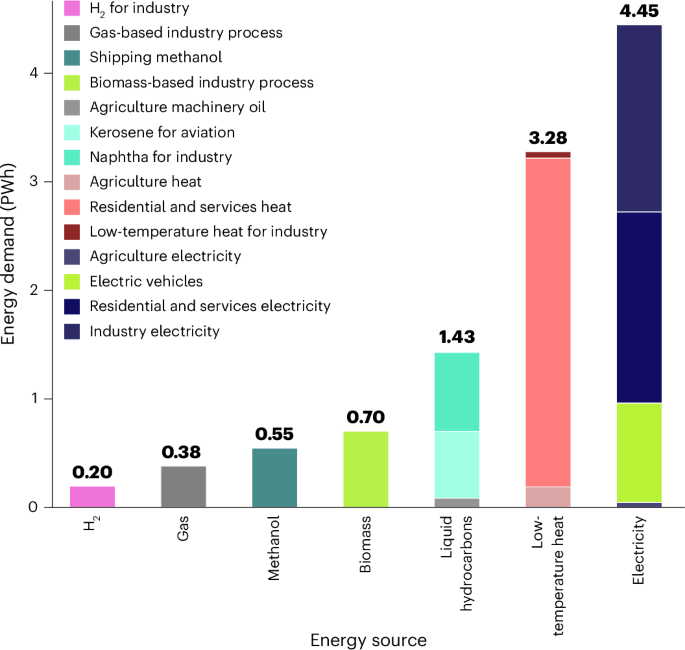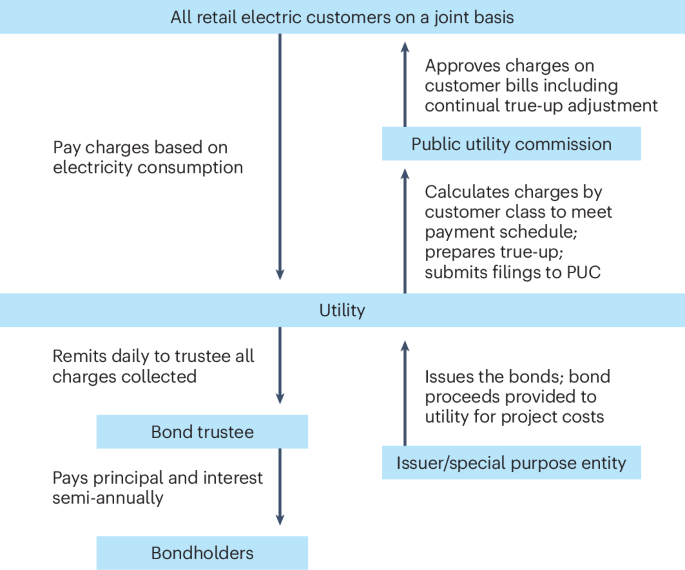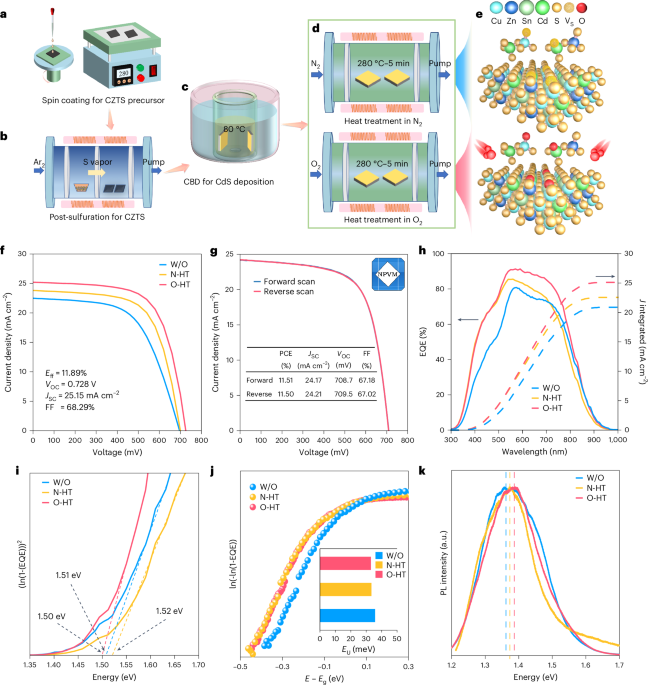The G protein modifier KCTD5 tunes the decoding of neuromodulatory signals necessary for motor function in striatal neurons
by Douglas C. Sloan, Yini Liao, Forest Ray, Brian S. Muntean G proteins (Gα and Gβγ subtypes) drive adenylyl cyclase type 5 (AC5) synthesis of cAMP in striatal neurons, which is essential for motor coordination. KCTD5 directly interacts with Gβγ to delimit signaling events, yet downstream impact of KCTD5 in striatal circuits is not known. Here, generation of a conditional Kctd5 knockout mouse identified that loss of striatal KCTD5 leads to a dystonic phenotype, coordination deficits, and skewed transitions between behavioral syllables. 2-photon imaging of a cAMP biosensor revealed electrically evoked dopaminergic responses were significantly augmented in the absence of KCTD5 in striatal circuits. cAMP sensitization was rescued in situ by expression of Gβγ-scavenging nanobody and motor deficits were partially rescued in vivo by pharmacological antagonism of the indirect striatal cAMP pathway. Therefore, KCTD5 acts as a brake on cAMP signaling in striatal neurons important for tuning dopaminergic signaling and motor coordination.
by Douglas C. Sloan, Yini Liao, Forest Ray, Brian S. Muntean G proteins (Gα and Gβγ subtypes) drive adenylyl cyclase type 5 (AC5) synthesis of cAMP in striatal neurons, which is essential for motor coordination. KCTD5 directly interacts with Gβγ to delimit signaling events, yet downstream impact of KCTD5 in striatal circuits is not known. Here, generation of a conditional Kctd5 knockout mouse identified that loss of striatal KCTD5 leads to a dystonic phenotype, coordination deficits, and skewed transitions between behavioral syllables. 2-photon imaging of a cAMP biosensor revealed electrically evoked dopaminergic responses were significantly augmented in the absence of KCTD5 in striatal circuits. cAMP sensitization was rescued in situ by expression of Gβγ-scavenging nanobody and motor deficits were partially rescued in vivo by pharmacological antagonism of the indirect striatal cAMP pathway. Therefore, KCTD5 acts as a brake on cAMP signaling in striatal neurons important for tuning dopaminergic signaling and motor coordination.














































































































































































